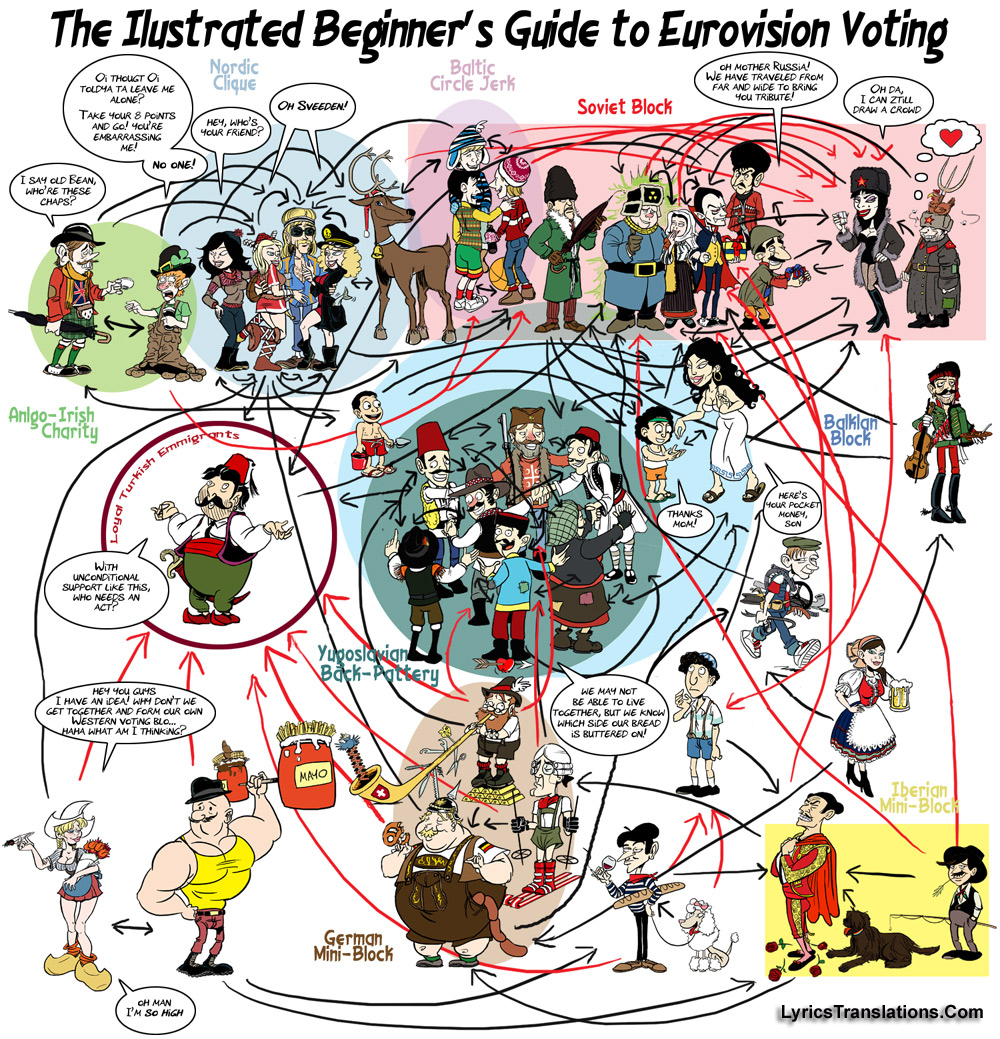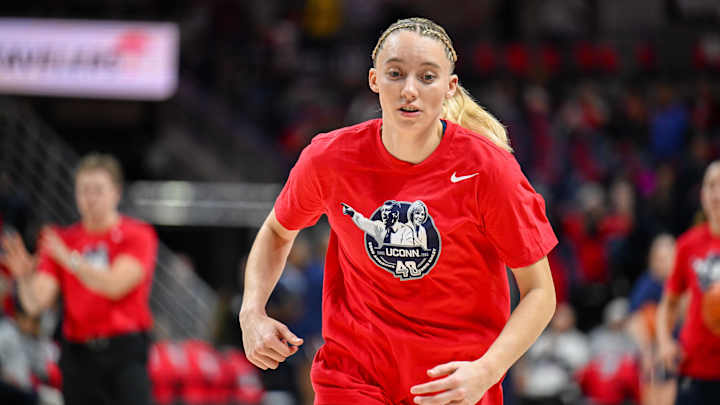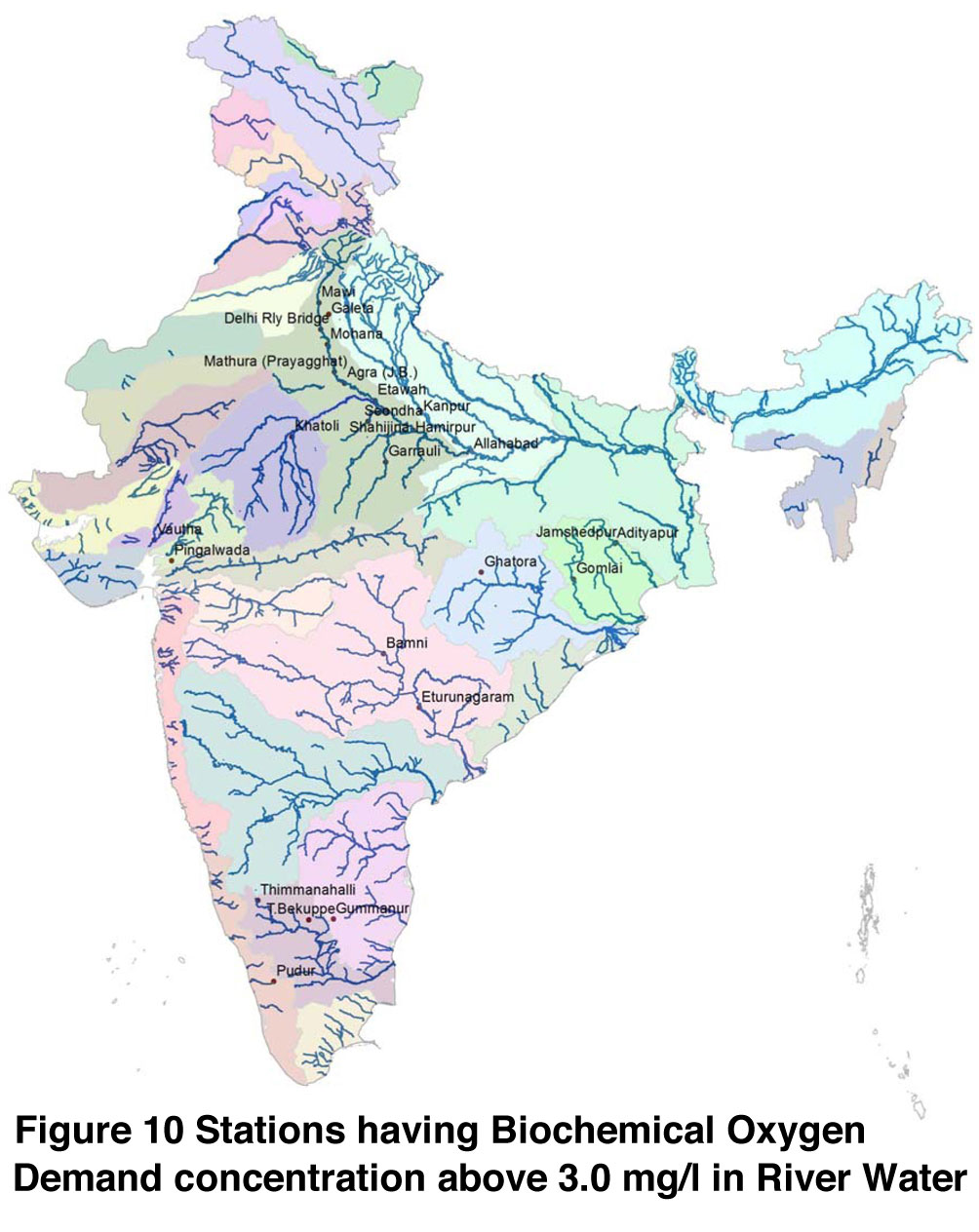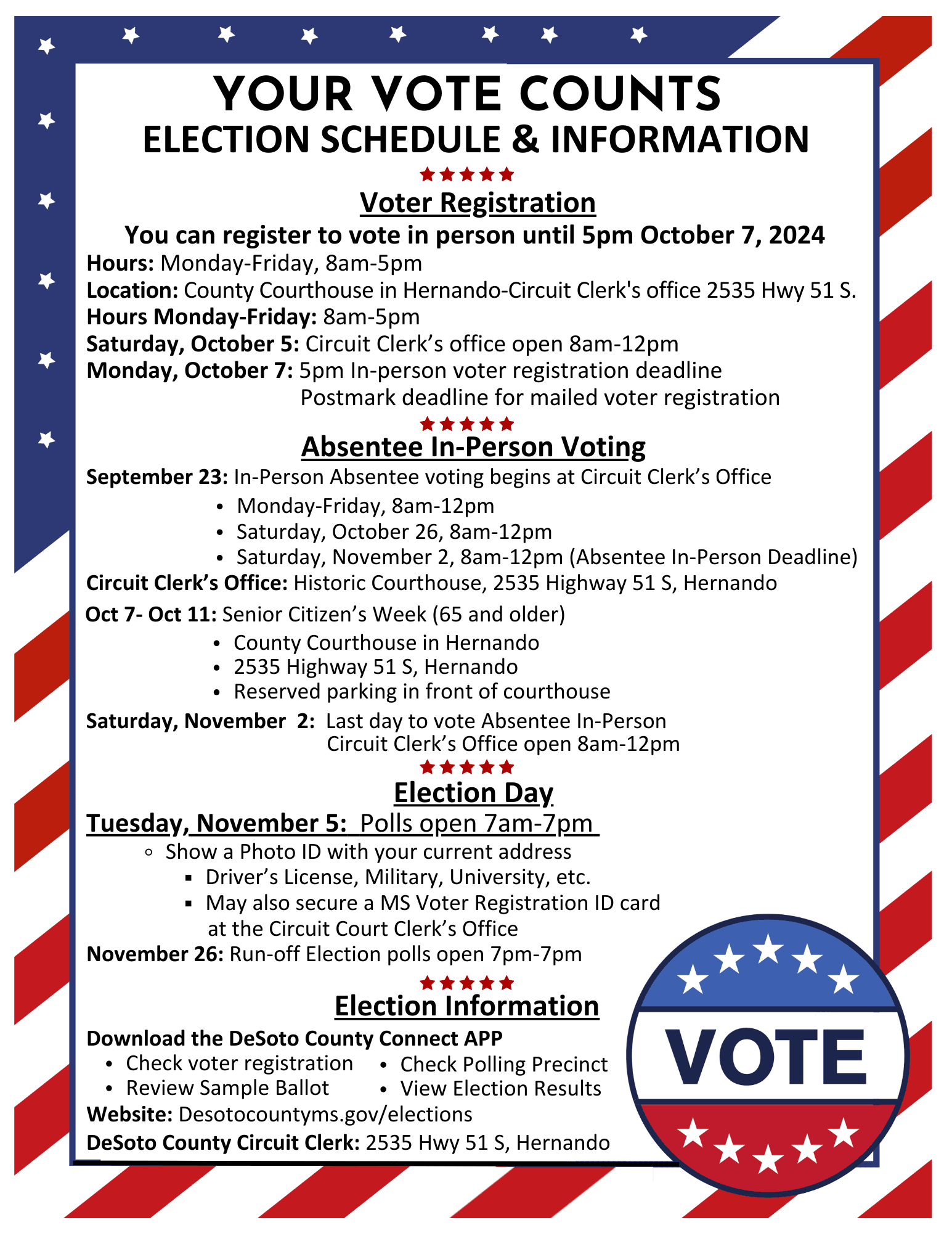Eurovision's Voting System: A Step-by-Step Breakdown

Table of Contents
The Two Pillars of Eurovision Voting: Juries and Televoting
The Eurovision Voting System relies on two key components: juries and televoting. These two pillars work together to ensure a fair and representative result, balancing professional opinion with the public's preference. The weighting of these two systems ensures that neither element overpowers the other, creating a robust and comprehensive judging process.
- Juries: Consist of five music professionals from each participating country, carefully selected to represent a diversity of musical expertise. Their involvement adds a layer of critical assessment, ensuring that musical quality and originality are factored into the final result. They provide a crucial counterpoint to public opinion, which can sometimes be swayed by factors unrelated to musical merit.
- Televoting: Allows viewers across Europe and beyond to actively participate in the decision-making process. This direct engagement ensures the public's voice is heard loud and clear. Viewers can vote via phone, SMS, or dedicated Eurovision apps. This fosters a sense of inclusivity and allows fans to directly influence the outcome.
- Equal Weighting: Both Jury and Televote scores are weighted equally, emphasizing the importance of both professional and popular opinion in determining the winner. This balance prevents a single source from dominating the decision, enhancing the fairness and credibility of the process. This ensures that the winner truly reflects the overall sentiment across the participating nations.
Understanding Jury Voting: A Deeper Dive
The jury selection process for the Eurovision Song Contest voting system is designed to ensure transparency and independence. Each participating country selects five music professionals with proven expertise in the music industry. These individuals are sworn to secrecy and are carefully vetted to avoid conflicts of interest. Their role is to assess each song's artistic merit, based on several criteria.
- Individual Scoring: Each jury member scores each song individually, awarding points from 1 to 8, plus 10 and 12 points. Critically, they are prohibited from voting for their own country, mitigating any potential national bias. This individual scoring ensures a more diverse range of opinions.
- Aggregation of Scores: The individual scores from each jury member are then aggregated to produce a national jury score for each song. This process averages out individual preferences, arriving at a representative score for the country.
- Transparency and Fairness: Rigorous transparency measures are in place to prevent manipulation or conflicts of interest. The identities of jury members may be revealed post-contest, contributing to the system's overall accountability. The scoring process itself is meticulously documented to further uphold fairness.
The Televoting Process: How Your Vote Counts
Televoting forms a crucial part of the Eurovision Voting System, directly reflecting the preferences of millions of viewers. The technical infrastructure involved is substantial, designed to handle a massive influx of votes from across various platforms. Security measures are implemented to prevent fraud and ensure the accuracy of the results.
- Post-Performance Voting: Televoting opens only after all performances have concluded, preventing any bias towards earlier or later entrants. This equal opportunity ensures that each song receives the same amount of time for viewer consideration.
- Strict Time Limits: A set timeframe for voting is typically around 15-20 minutes, allowing ample time for participation while maintaining a manageable voting window. This structured approach helps to ensure fairness and prevent prolonged voting periods that may introduce bias.
- Verification and Security: Sophisticated systems are used to tally and verify votes, detecting and removing any fraudulent or duplicate entries. Rigorous security protocols protect against manipulation and ensure the integrity of the voting process. This commitment to transparency and security ensures that only valid votes are counted, resulting in an accurate reflection of public opinion.
- Regional Voting Patterns: Regional voting patterns often emerge, with neighboring countries or countries sharing similar musical tastes demonstrating correlated voting behaviours. These patterns are a fascinating aspect of the Eurovision phenomenon, contributing to the richness and complexity of the results.
Calculating the Final Score: Combining Jury and Televote Results
The final ranking is determined by combining the jury and televoting scores. This meticulous process ensures that both professional opinion and public preference have an equal influence on the final outcome. The Eurovision Voting System’s methodology ensures a robust and representative result.
- Separate Summation: Each country's jury and televoting scores are initially summed separately, providing a clear understanding of the individual contributions of each voting method. This breakdown adds transparency to the overall results, showcasing both the jury and the public's viewpoints.
- Combined Total: The jury and televoting scores for each country are then added together to calculate each country's total score. This total score determines the final ranking of the participating countries.
- Determining the Winner: The country with the highest total score is declared the winner of the Eurovision Song Contest. This process is straightforward and easily understood, creating transparency and reducing potential ambiguity.
- Tie-breakers: In the unlikely event of a tie, the tie-breaker is determined by the country with the highest televoting score. This prioritizes public preference in case of a tie, reflecting the significance of public opinion in the Eurovision Song Contest voting system.
Conclusion
The Eurovision Voting System, a sophisticated blend of jury and televoting, is a remarkably effective method for determining the winner of this iconic song contest. Understanding the intricacies of both jury voting and televoting, and how the final scores are calculated, provides a deeper appreciation for the event's fairness and the effort put into ensuring a just result. By demystifying this process, we hope to enhance your enjoyment of future Eurovision Song Contests. For more information on past Eurovision results and voting breakdowns, continue exploring the nuances of the Eurovision Voting System and discover how your favorite artists have risen to the top.

Featured Posts
-
 Final Destination Bloodline Cinema Con Footage Could This Be The Best Sequel Yet
May 19, 2025
Final Destination Bloodline Cinema Con Footage Could This Be The Best Sequel Yet
May 19, 2025 -
 How Paige Bueckers Is Changing The Game For The Dallas Wings And The Wnba
May 19, 2025
How Paige Bueckers Is Changing The Game For The Dallas Wings And The Wnba
May 19, 2025 -
 Analyzing The Countrys Business Landscape Hot Spots Identified
May 19, 2025
Analyzing The Countrys Business Landscape Hot Spots Identified
May 19, 2025 -
 March 16 2025 Nyt Mini Crossword Complete Answers And Clues
May 19, 2025
March 16 2025 Nyt Mini Crossword Complete Answers And Clues
May 19, 2025 -
 Top 7 Irish Sci Fi Movies To Watch This St Patricks Day
May 19, 2025
Top 7 Irish Sci Fi Movies To Watch This St Patricks Day
May 19, 2025
Latest Posts
-
 Southaven Mayoral Candidates A Closer Look At The Election In De Soto County
May 19, 2025
Southaven Mayoral Candidates A Closer Look At The Election In De Soto County
May 19, 2025 -
 Key Issues In The Southaven Mayoral Election What De Soto County Voters Need To Know
May 19, 2025
Key Issues In The Southaven Mayoral Election What De Soto County Voters Need To Know
May 19, 2025 -
 De Soto County Votes The Southaven Mayoral Election 2024
May 19, 2025
De Soto County Votes The Southaven Mayoral Election 2024
May 19, 2025 -
 Collier County Mom Fights For Better School Bus Safety After Childrens Wrong Stop Incident
May 19, 2025
Collier County Mom Fights For Better School Bus Safety After Childrens Wrong Stop Incident
May 19, 2025 -
 De Soto County Setting The Standard With 100 Broadband
May 19, 2025
De Soto County Setting The Standard With 100 Broadband
May 19, 2025
